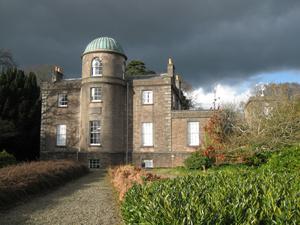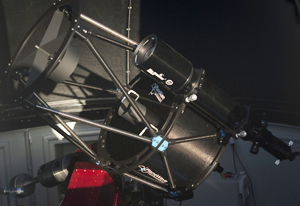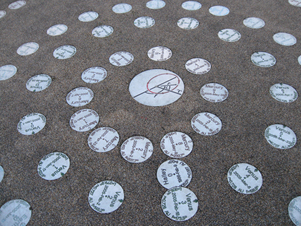
Armagh was the second observatory to be built in Ireland - the first being Dunsink near Dublin, which was completed a few years earlier. As with other observatories of the period, the main work was determining accurate positions of the stars and planets which was done through the use of transit instruments, meridian circles and accurate clocks.

The latest addition, installed in October 2010 and officially opened in a ceremony on March 4, 2011, is a brand new PlaneWave robotic telescope. Operated under the direction of staff astronomer Simon Jeffery, it will begin making observations of variable stars, solar system objects and other targets very soon. With its 17" primary mirror and sensitive CCD camera it will make a great addition to the research goals of the Observatory.

The "Human Orrery"
There are also several interesing features nearby and on the grounds for visitors to enjoy, including the Armagh Planetarium, the "Astropark", and a "Human Orrery". Observatory Director Mark Bailey seemed to be having a lot of fun watching our group simulate the motion of planets, asteroids and comets by getting us to follow the disks laid out on the ground for that purpose!
To read more, visit the Armagh Observatory website: http://star.arm.ac.uk/index.html
(photos of the Troughton and Robotic telescopes come from this website)




